
Reza Shah Pahlavi was an Iranian military officer and the founder of the Pahlavi dynasty. As a politician, he previously served as minister of war and prime minister of Qajar Iran and subsequently reigned as Shah of Pahlavi Iran from 1925 until he was forced to abdicate after the Anglo-Soviet invasion of Iran in 1941. He was succeeded by his eldest son, Mohammad Reza Shah. A modernizer, Reza Shah clashed with the Shia clergy and introduced many social, economic, and political reforms during his reign, ultimately laying the foundation of the modern Iranian state. As a result, he is regarded by many as the founder of modern Iran.

Reza Pahlavi is the eldest son of Mohammad Reza Pahlavi, the former Shah of Iran, and his wife Farah Diba. He was officially named Crown Prince of Iran in 1967 at the time of his father's coronation.

Karaj is a city in the Central District of Karaj County, Alborz province, Iran, serving as capital of the province, the county, and the district. Earliest evidence of inhabitation in Karaj can be dated to the Bronze Age at Tepe Khurvin. The city was developed under the rule of the Safavid and Qajar Empire and is home to historical buildings and memorials from those eras. This city has a unique climate due to access to natural resources such as many trees, rivers, and green plains. After Tehran, Karaj is the largest immigrant-friendly city in Iran, so it has been nicknamed "Little Iran."

Shiraz University is a public university located in Shiraz, Fars, Iran, established in 1946. Being one of the oldest and most prestigious modern universities in Iran, Shiraz University is listed among the top three research-oriented schools in the nation according to a ranking of Iranian universities based on scientific output. In the first report of state universities ranking and among almost 70 universities and higher education institutes, Shiraz University is regarded as a tier-one university.
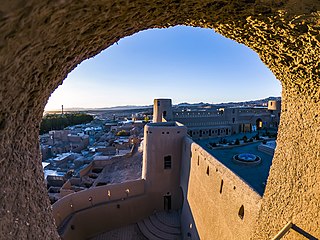
Birjand is a city in the Central District of Birjand County, South Khorasan province, Iran, serving as capital of both the county and the district. The city is known for its saffron, barberry, jujube, and handmade carpet exports.

Mohammad Ali Foroughi, also known as Zoka-ol-Molk, was an Iranian politician, writer, freemason, Azali, and diplomat who served as the Prime Minister of Iran for three terms. He wrote numerous books on ancient Iranian history and is known for founding the Academy of Iran.
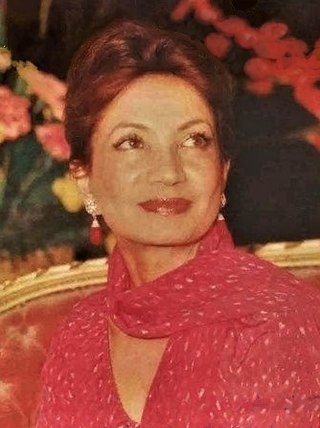
Ashraf ol-Molouk Pahlavi was the twin sister of Mohammad Reza Pahlavi, the late Shah of Iran (Persia), and a member of the Pahlavi dynasty. She was considered the "power behind her brother" and was instrumental in the 1953 coup that overthrew Prime Minister Mohammad Mosaddegh in favour of strengthening the monarchical rule of the Shah. She served her brother as a palace adviser and was a strong advocate for women's rights. Following the Iranian Revolution in 1979, she lived in exile in France, New York, Paris and Monte Carlo and remained outspoken against the Iranian Islamic Republic.

The Airports Authority of India (AAI) is a statutory body under the ownership of the Ministry of Civil Aviation, Government of India. It is responsible for creating, upgrading, maintaining, and managing civil aviation infrastructure in India. It provides Communication Navigation Surveillance/Air Traffic Management (CNS/ATM) services over the Indian airspace and adjoining oceanic areas. AAI currently manages a total of 137 airports, including 34 international airports, 10 Customs Airports, 81 domestic airports, and 23 Civil enclaves at Defense airfields. AAI also has ground installations at all airports and 25 other locations to ensure the safety of aircraft operations. AAI covers all major air routes over the Indian landmass via 29 Radar installations at 11 locations along with 700 VOR/DVOR installations co-located with Distance Measuring Equipment (DME). 52 runways are provided with Instrument landing system (ILS) installations with Night Landing Facilities at most of these airports and an Automatic Message Switching System at 15 Airports.

Asadollah Alam was an Iranian politician who was prime minister during the Shah's regime from 1962 to 1964. He was also minister of Royal Court, president of Pahlavi University and governor of Sistan and Baluchestan province.

Hasan Ali Mansur was an Iranian politician who served as Prime Minister from 1964 to 1965. He served during the White Revolution of the Shah Mohammad Reza Pahlavi and was assassinated by a member of the Fada'iyan-e Islam.
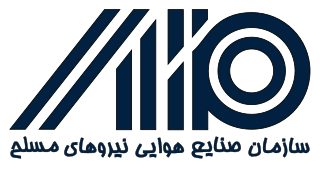
The Iran Aviation Industries Organization (IAIO), also known as the Aerospace Industries Organization, is an Iranian state-owned corporation established in 1966 for the purpose of planning, controlling, and managing the civil & military aviation industry of Iran. The Aerospace Industries Organization acts as both an OEM, directly manufacturing aircraft and aerospace products, and as a conglomerate, holding other Iranian state-owned aviation corporations.

Iran Teymourtāsh, the eldest daughter of Abdolhossein Teymourtāsh, is considered a pioneer among women activists in 20th-century Iran. Her father's position as the second most powerful political personality in Iran, from 1925 to 1932, afforded Iran Teymourtāsh the opportunity to play a prominent role in that country's women's affairs early in life.
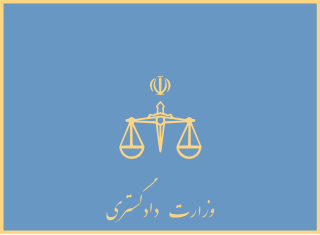
The Ministry of Justice is one of the Islamic Republic of Iran's ministries. Established in Iran's constitution, It has the responsibility of coordinating between the Judicial branch and other branches of the government.
Civil Aviation Training Center (CATC) is located in Iran and have bases in Tehran, Ahwaz, Mashhad, Shiraz, Esfahan and Tabriz.

Iran Air Flight 277 was a scheduled Iran Air flight from Mehrabad International Airport, Tehran to Urmia Airport, Iran. On 9 January 2011, the Boeing 727 serving the flight crashed after an aborted approach to Urmia Airport in poor weather. Of the 105 people on board, 78 were killed. The official investigation concluded that icing conditions and incorrect engine management by the crew led to a double engine flame-out, loss of altitude and impact with the ground.
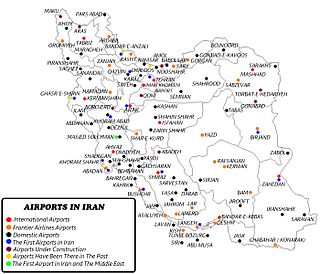
The Civil Aviation Authority of Islamic Republic of Iran (CAA.IRI), is Iran's civil aviation agency. It is the statutory corporation which oversees and regulates all aspects of civil aviation in Iran. The organization was established in July 1946 and its headquartered at Mehrabad International Airport in Tehran. It investigates aviation accidents and incidents in Iran.

The Iran Airports and Air Navigation Company(IAC) (Persian: شركت فرودگاه ها و ناوبری هوایی ایران) is the holding and operating company for civilian airports and managing the air navigation in Iran. Its headquarters are located at Tehran's Mehrabad International Airport and it has offices at all airports in Iran.

Ruhollah Khomeini’s return to Iran on 1 February 1979, after 14 years in exile, was an important event in the Iranian Revolution. It led to the collapse of the provisional government of Shapour Bakhtiar and the final overthrow of the Shah of Iran, Mohammad Reza Pahlavi, on 11 February 1979.

Effat Tejaratchi was the first Iranian woman aviator. She was the first Iranian woman to fly an airplane.
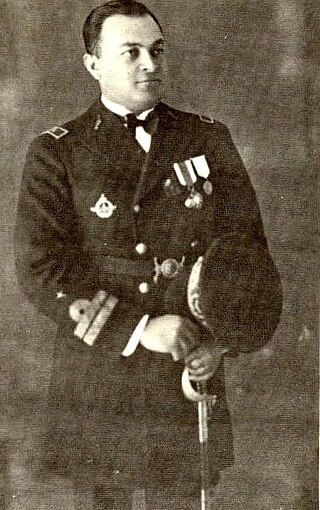
Ahmed Khan of Nakhichevan was an Iranian military leader, major general and Defense Minister.






















